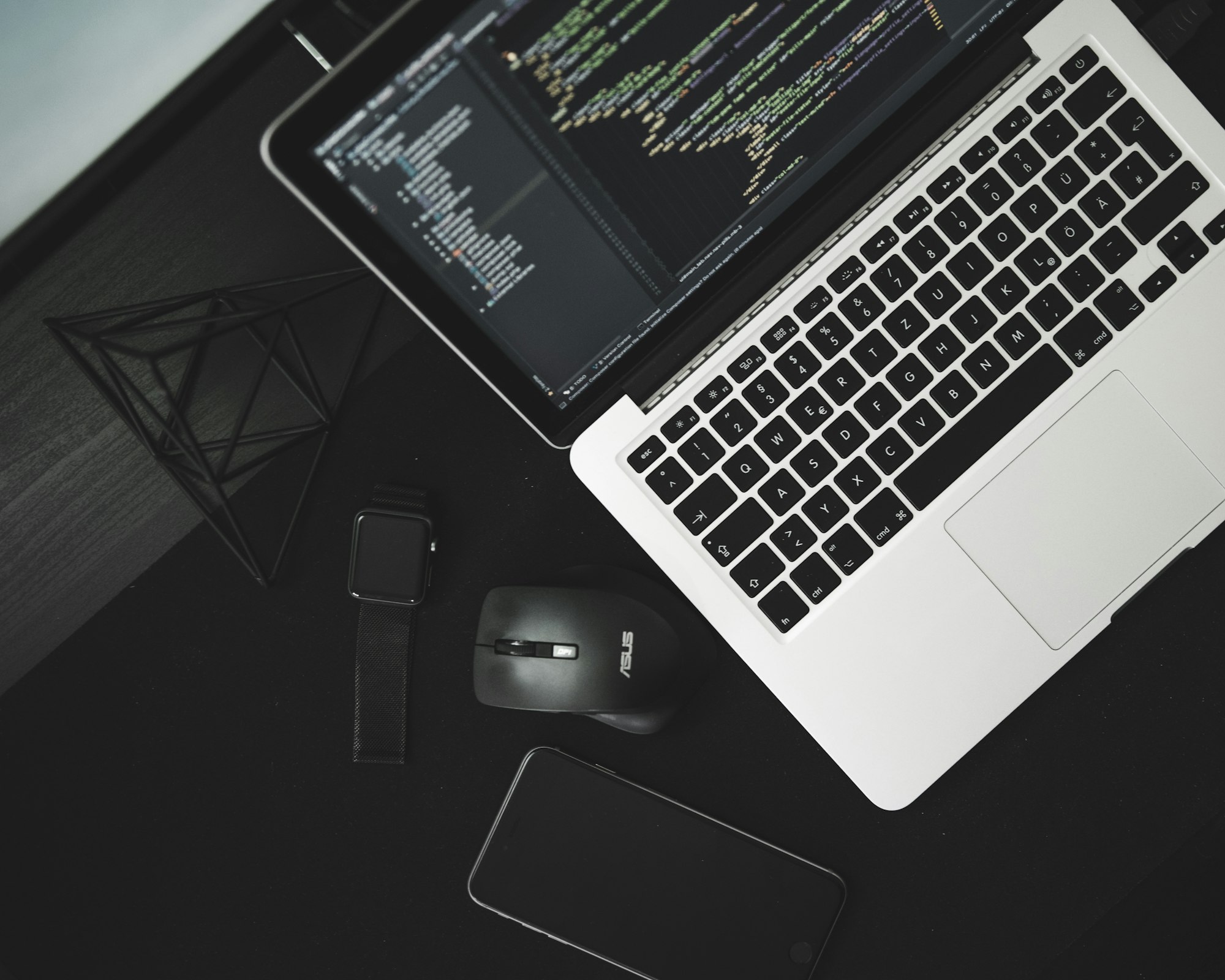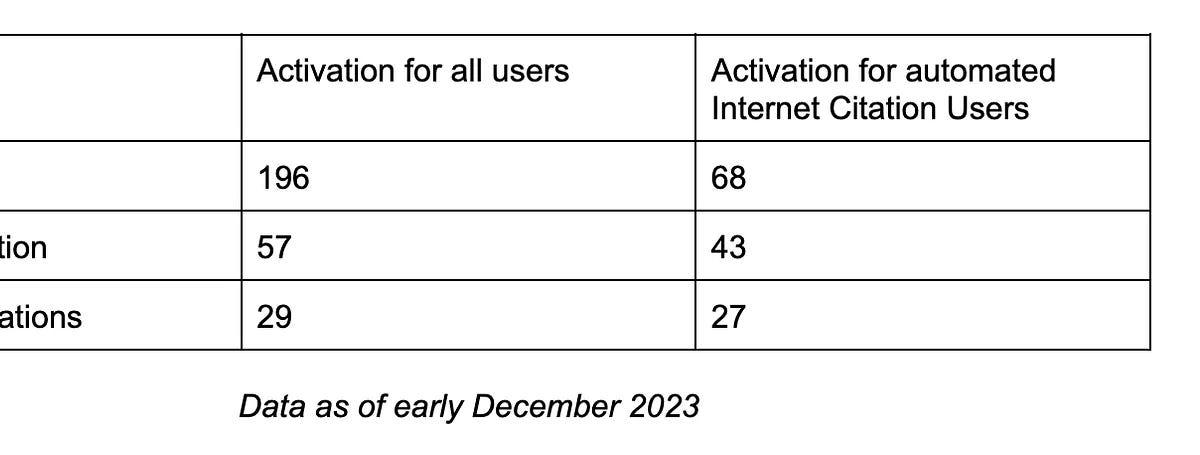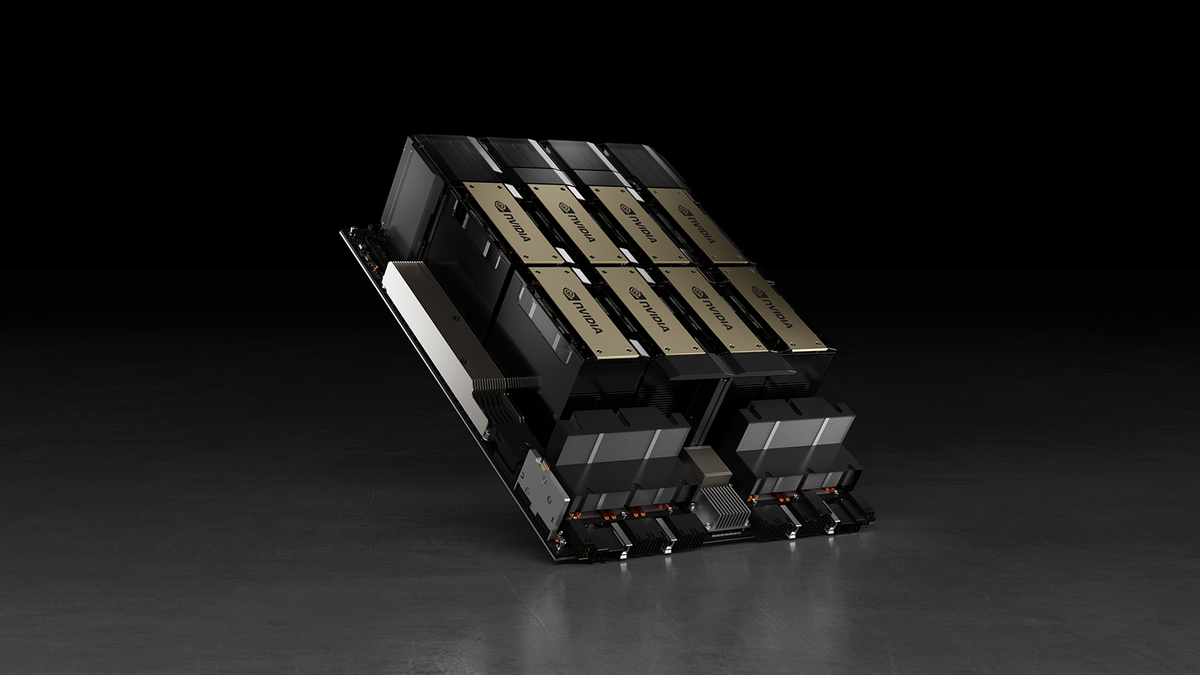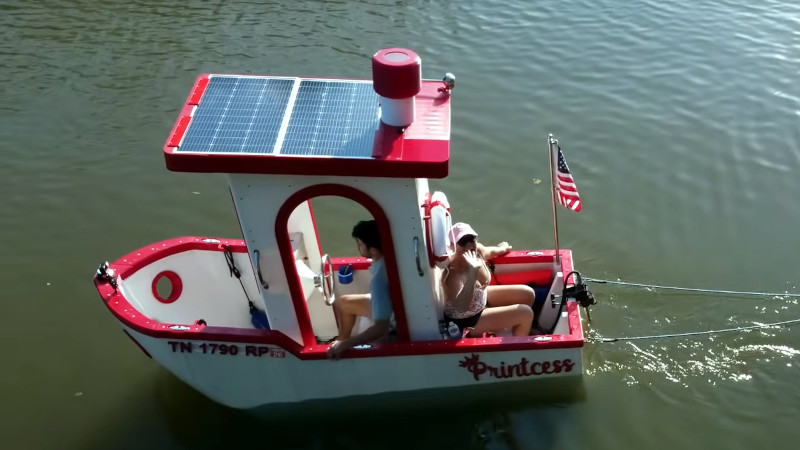LLäMmlein 1B & 120M
The project involved several key steps, including extensive data preprocessing, the creation of a custom tokenizer, and optimization of training settings to effectively utilize available hardware. Throughout the training process, various checkpoints were saved and analyzed to monitor the models' learning dynamics. Compared to state-of-the-art models on the SuperGLEBer benchmark, both LLäMmlein models performed competitively, consistently matching or surpassing models with similar parameter sizes. The LLäMmlein 1B also showed comparable results to larger models, with no significant performance difference observed.
We also publish intermediate training checkpoints for our base models, which can/will be found e.g. here for the 120M model (drop down menu "main" top left).
Our LLäMmlein 1B ranks as the best evaluated decoder model overall on our SuperGLEBer benchmark! And compared to state-of-the-art models on our benchmark, both LLäMmlein models performed competitively, consistently matching or surpassing models with similar parameter sizes.
















/cdn.vox-cdn.com/uploads/chorus_asset/file/24016886/STK093_Google_03.jpg)



